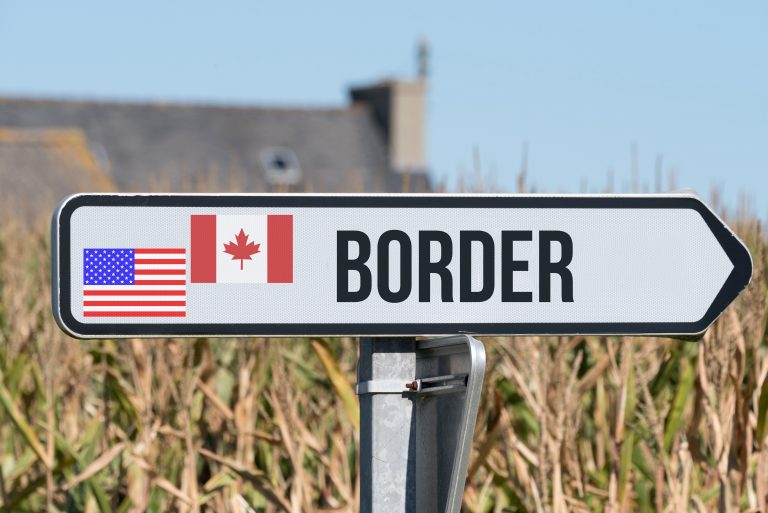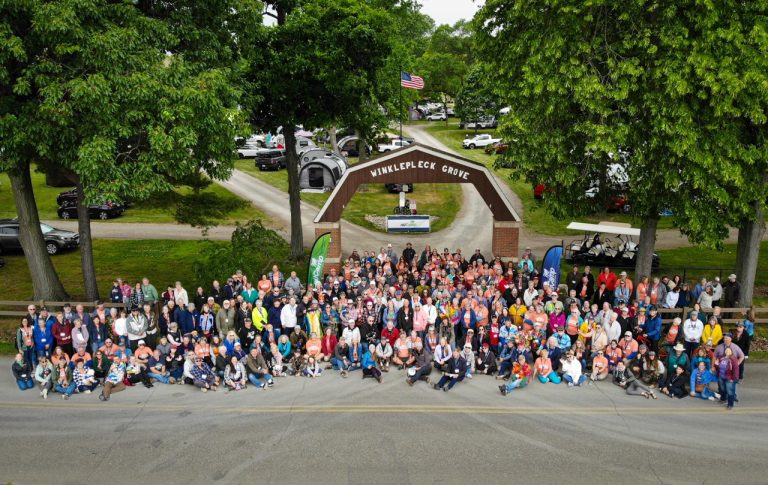Carbon monoxide (CO) gas is a colorless, odorless, and tasteless poisonous gas that is incompletely burned fuel. According to KOA, carbon monoxide gas in RVs usually results from exhaust leaks from a vehicle engine or a generator, improper use of portable gas-powered heaters, someone else’s vehicle or generator when camping in close quarters, or malfunctioning or unvented LP gas appliances
Carbon Monoxide Poisoning Symptoms
Even low concentrations of carbon monoxide can be dangerous to your health and cause the following symptoms:
- Dizziness, drowsiness, or weakness
- Runny nose, sore or watery eyes, blurred vision
- Muscular twitching
- Dull or intense headache
- Nausea, vomiting
- Shortness of breath
- Confusion
- In extreme cases, CO poisoning can lead to unconsciousness, brain damage, or death.
If your CO alarm signal sounds:
- Move to fresh air immediately. Evacuate all persons from the camper, leaving doors and windows open and execute your Safety Plan. Do not silence the alarm. If possible, shut off the gas supply at the source and turn off all gas appliances.
- Call Emergency Services. Do not re-enter the camper until Emergency Service responders have arrived, the camper has been aired out, and your alarm returns to normal condition.
- If the alarm re-activates after 24 hours, it may be evidence of a propane leak or appliance malfunction. Repeat steps 1 and 2 and then have a qualified technician investigate. If equipment needs serviced, do so immediately. If a technician is not available, contact the nearest fire department for assistance.
Prevention Tips
Here’s how to reduce your risk of CO poisoning, courtesy of Carbon Monoxide Kills and KOA.
Cook wisely. When cooking with the range burners, use the range fan, and always leave a window cracked open for fresh air and ventilation. Never use the range burners or oven to heat the RV.
Look for leaks. Inspect your RV’s chassis and generator exhaust system regularly, at least before each outing and after bottoming-out or any other incident that could cause damage. Also, check the floor and sidewalls as well as windows, door seals, and weather strips for any holes or openings that could allow CO to enter the interior.
Inspect your equipment. Verify that all propane-burning appliances and your generator are operating properly. Tip: if a yellow flame is present, it usually indicates a lack of oxygen.
Test the alarm. Always test the carbon monoxide alarm for proper function after your camper has been taken out of storage, once per week, and before each trip. If the CO alarm malfunctions or does not test properly, replace it immediately.
Practice preventive parking. Make sure that the exhaust can easily dissipate away from the vehicle and won’t be blocked by high grass or weeds, snowbanks, buildings, or other obstructions. Also be aware of other vehicles parked by you, such as tractor-trailers at rest stops, that may have their engines and refrigerators running. Consider parking in the “No Generator” zone that the Family Motor Coach Association (FMCA) makes available at its conventions.
Be Generator-Smart. Always leave a roof vent open anytime the generator is running, even during the winter, and never sleep with the generator operating.
Recent Articles





